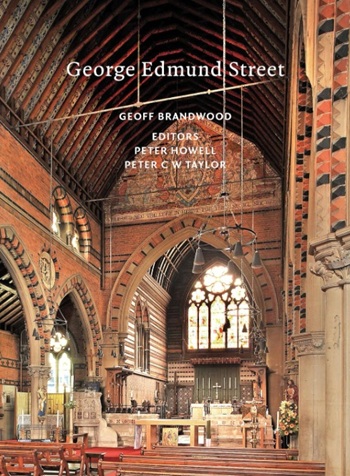National Trust
Contents |
[edit] Introduction
The National Trust was founded in 1895 with the aim of saving the nation’s heritage, threatened countryside and coastline. It is a charitable organisation that is funded by membership fees, donations, legacies and income from the commercial operations. In 2014, the trust had more than 3.7 million members.
[edit] Management
The National Trust is governed by an elected board of Trustees and led by the Chairman and Deputy Chairman. A range of internal and external groups have been established to help run and advise the National Trust, including the Board committees, expert Panels and Regional Advisory Boards. The President of the National Trust is Prince Charles.
Numerous volunteers support the professional teams of staff that work in the properties and wider organisation.
[edit] Legislation
In 1907, the first National Trust Act was introduced. This has been amended and updated subsequently, and the current governance is provided by The Charities (National Trust) Order 2005.
[edit] National Trust strategy
The current strategy of the trust is focused on four main areas:
- Engaging with supporters.
- Improving conservation and environmental performance.
- Investing in people.
- Financing the future.
[edit] What the National Trust protects
The National Trust protects:
- Houses and buildings.
- Gardens and parks.
- Nature and wildlife.
- Coast and countryside.
- Sites and monuments.
- Collections.
[edit] Related articles on Designing Buildings Wiki.
- Archaeology.
- Areas of Outstanding Natural Beauty.
- Designated sites.
- Energy efficiency for the National Trust.
- English Heritage.
- Environment Agency.
- Gardens Trust.
- Historic England.
- Holy Austin rock houses.
- Listed buildings.
- National parks.
- Natural England.
- Natural Resources Wales.
- Scheduled monuments.
- Scottish Natural Heritage.
- Statutory consultees.
- Technology in the Country House.
- Wimpole Gothic Tower conservation.
[edit] External references
Featured articles and news
One of the most impressive Victorian architects. Book review.
RTPI leader to become new CIOB Chief Executive Officer
Dr Victoria Hills MRTPI, FICE to take over after Caroline Gumble’s departure.
Social and affordable housing, a long term plan for delivery
The “Delivering a Decade of Renewal for Social and Affordable Housing” strategy sets out future path.
A change to adoptive architecture
Effects of global weather warming on architectural detailing, material choice and human interaction.
The proposed publicly owned and backed subsidiary of Homes England, to facilitate new homes.
How big is the problem and what can we do to mitigate the effects?
Overheating guidance and tools for building designers
A number of cool guides to help with the heat.
The UK's Modern Industrial Strategy: A 10 year plan
Previous consultation criticism, current key elements and general support with some persisting reservations.
Building Safety Regulator reforms
New roles, new staff and a new fast track service pave the way for a single construction regulator.
Architectural Technologist CPDs and Communications
CIAT CPD… and how you can do it!
Cooling centres and cool spaces
Managing extreme heat in cities by directing the public to places for heat stress relief and water sources.
Winter gardens: A brief history and warm variations
Extending the season with glass in different forms and terms.
Restoring Great Yarmouth's Winter Gardens
Transforming one of the least sustainable constructions imaginable.
Construction Skills Mission Board launch sector drive
Newly formed government and industry collaboration set strategy for recruiting an additional 100,000 construction workers a year.
New Architects Code comes into effect in September 2025
ARB Architects Code of Conduct and Practice available with ongoing consultation regarding guidance.
Welsh Skills Body (Medr) launches ambitious plan
The new skills body brings together funding and regulation of tertiary education and research for the devolved nation.
Paul Gandy FCIOB announced as next CIOB President
Former Tilbury Douglas CEO takes helm.






















